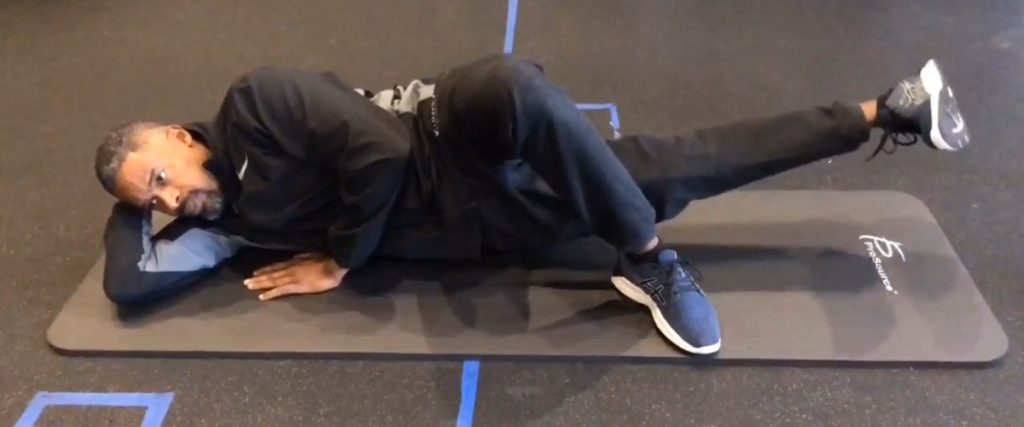Groin Injury Prevention
Soft tissue injuries occur quite commonly in the sport of soccer. In particular, muscle injury is a common injury that can be encountered by a soccer player and lead to significant playing time loss. Muscle groups that most frequently get injured include adductors (groin), hamstrings, quadriceps, and calves. However, injury recurrence rates are highest for adductors and hamstrings. Adductor (groin) injuries prove to be the most cumbersome and “nagging” because of how often they can occur and the subsequent risk for chronicity and recurrence. Research has already shown that a history of groin injury is a risk factor for future groin injury, but in a recent research article, researchers pose the question of whether or not a previous injury to a different location plays a role in increasing risk for groin injury. In contrast to what most might believe, available hip range of motion (or lack thereof) is not a predictive factor for risk of groin injury. Instead, researchers show that a history of severe injuries in locations other than the groin increase future risk of groin injury. These “severe injuries” locations can include ankle, knee, thigh, and shoulder. You may be asking how a shoulder injury can lead to increased risk of groin injury. Fair question. It has been suggested that with an injury in one location, athletes accommodate and compensate for any deficits in their movement patterns, thus increasing stress and demand in areas other than the injured structure(s). Especially with any lower extremity injury, it would be reasonable to suggest that running pattern would be altered, potentially leading to groin injury. Especially in soccer, with the amount of cutting and change of direction, the adductor longus specifically is in high demand. Without adequate eccentric strength of this particular muscle, the risk for injury increases. This recent research shows that soccer players with a history of more than 1 groin injury in a past season presented with severe pre-season groin symptoms in the following season. This may indicate that the previous groin injury was not fully rehabilitated. For future management of groin injuries, an emphasis on complete treatment of and recurrence prevention is essential. While there are risk factors associated with groin injury, the good news is that these risk factors are modifiable, meaning you can significantly decrease your risk for groin injury. There is current research showing that inadequate adductor strength is a modifiable risk factor for groin injury, thus suggesting that a strengthening program to specifically target adductors is appropriate and warranted. Off-season participation in the proposed adductor strengthening program a few times a week can result in significant reduction in risk of groin-related issues. The program includes 3 levels of difficulty, with exercises starting at low frequency and repetition, and gradually progressing to greater frequency and repetition. Check out the image below, which highlights the research key points and outlines the adductor strengthening program:

